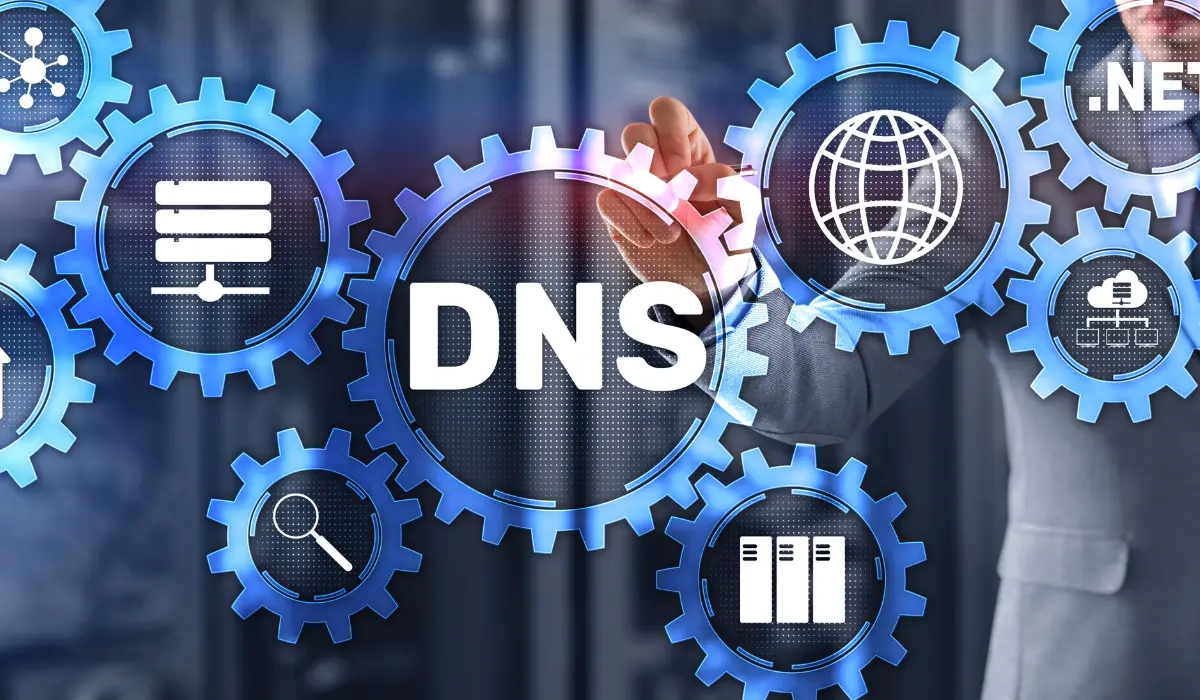Hard copy- Meaning, advantages and disadvantages
WHAT IS HARD COPY?
The term “hard copy” refers to information or documents printed on physical materials that can be seen and touched.
Hard copies include paper documents, photographs, printouts, books, newspapers, etc. Unlike soft digital copies, hard copies have a permanent physical form and are tangible objects. They exist as physical artifacts and do not require a device to be read or accessed.
Also read: Soft copy vs hard copy
Hard Copy Meaning
| Language | Meaning | |
| English | A physical copy of a document or file | |
| Urdu | کاپی ہارڈ (Kāpi Haard) | |
| Sindhi | ڪاپي ھارڊ (Kāpi Haard) | |
| Hindi | हार्ड कॉपी (Haard Kāpī) | |
| Tamil | கடின நகல் (Kadain Nagal) | |
| Marathi | हार्ड कॉपी (Haard Kāpī) | |
| Kannada | ಗಟ್ಟಿ ನಕಲು (Gatti Nakalu) | |
| Malayalam | ഹാർഡ് കോപ്പി (Haard Koppi) | |
| Telugu | హార్డ్ కాపీ (Haard Kāpī) |
Advantages of Hard Copy
There are some useful advantages that hard copy formats have over digital soft copies:
- Tangible and permanent Hard copies are physical objects that persist over time. They do not require devices/electricity.
- Familiar and comfortable People find it more natural to read, annotate, and work with hard copies.
- Focus and retention Hard copies allow focus without digital distractions. Some studies suggest better retention.
- Archival stability Printed hard copies remain stable for decades or centuries if stored properly.
- Easy to share locally Can be passed around, posted, and displayed more easily than devices.
- Security No hacking risks that affect soft copies. Harder to alter without indications.
- Backups are not required Hard copies do not need backing up and conversion over time.
- Legal acceptance Courts and governments often require paper hard copy documents.
Disadvantages of Hard Copy
However, hard copies also come with some limitations compared to digital soft copies:
- Storage space: Physical copies take up room for storage and organization.
- Environment impact: Printing hard copies uses paper and contributes to waste.
- Difficult to transmit: Sharing and transmitting hard copies remotely is limited.
- Not searchable: Hard to search volumes of physical documents efficiently.
- Revision is not easy: Updating or revising hard copies is tedious and time-consuming.
- Accessibility: Require physical access to the hard copy document.
- Cost: Printing and copying hard copy documents have a cost.
- Damage risk: Physical documents can be damaged, destroyed, or deteriorate over time.
- Duplication is not simple: Making identical duplicates of hard copies is difficult.
Hard Copy Output Devices
There are different types of output devices that can produce human-readable hard copy format from soft copy data:
- Printers: Inkjet, laser, and dot matrix printers output soft data to paper.
- Multifunction printers: Combine printing with scanning, faxing, and copying.
- Plotters: Print large-format vector images on paper or vinyl.
- Photocopiers: Replicate hard-copy documents and graphics.
- Offset printers: High-volume printing presses for books, brochures, etc.
- 3D printers: Print physical 3D objects from soft copy files.
- Microfilm/microfiche printers: Output documents onto photographic film.
- Pen plotters: Use pens to draw soft copy images onto paper.
- Typewriters: Manual devices that imprint letters onto paper using keys.
Hard copy output devices allow the transition of digital information into durable physical media while still retaining the advantages of soft copies for editing and transmission.






Leave a Reply